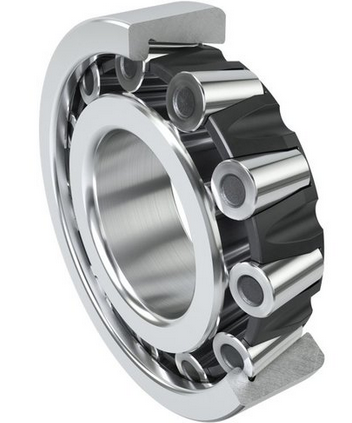The difference in bearing quality is mainly reflected in the raw materials used in the bearing, bearing design, bearing production technology, machining accuracy, and quality control level. And to distinguish the quality of the bearing, it is necessary to carry out a large amount of long-term data accumulation and comparison according to the use situation. High-quality bearings can have a longer life and higher accuracy under the same installation and use conditions, while poor-quality bearings are prone to early failure, or low precision affects the quality of rolled products.
Correct installation is the prerequisite for the bearing to be used to the design life. For the installation of the bearing, it is necessary to follow the standard installation method and strictly follow the requirements, equipped with a reasonably designed assembly trolley, turning table, and purchase a special heater. Before installation, confirm that there are no burrs and foreign objects everywhere, and ensure that the bearing and bearing box are clean. After installation, confirm that the bearing position relationship is correct, the rotation is flexible, the clearances and bearing clearances in all places meet the requirements, the lubricating oil path is unobstructed, the lubricating oil (grease) is sufficient, and the sealing is good.
Good bearing operating conditions mainly include lubrication, speed, load, vibration and so on. The most important thing is to ensure lubrication. Good lubrication can avoid bearing burning and early peeling of the bearing working surface, which greatly prolongs the service life of the bearing. The poor lubrication will aggravate the fatigue failure of the bearing. At present, the common lubrication methods of rolling mill bearings are oil-air lubrication and grease lubrication. The long-term use of aging and wear of various mating parts of the rolling mill and the excessive matching clearance of the rolling mill will cause bearing vibration and excessive eccentric load. The vibration of the bearing will also destroy the lubricating oil film of the bearing. This reduces the service life of the bearing. On the contrary, it will extend the service life of the bearing, reduce the accident rate and save the bearing. Therefore, good lubrication and maintenance of old equipment and replacement of worn parts are required to improve areas where the fit is unreasonable. For bearings that are overloaded, the bearing configuration needs to be changed to increase the service life of the TIMKEN bearing.






